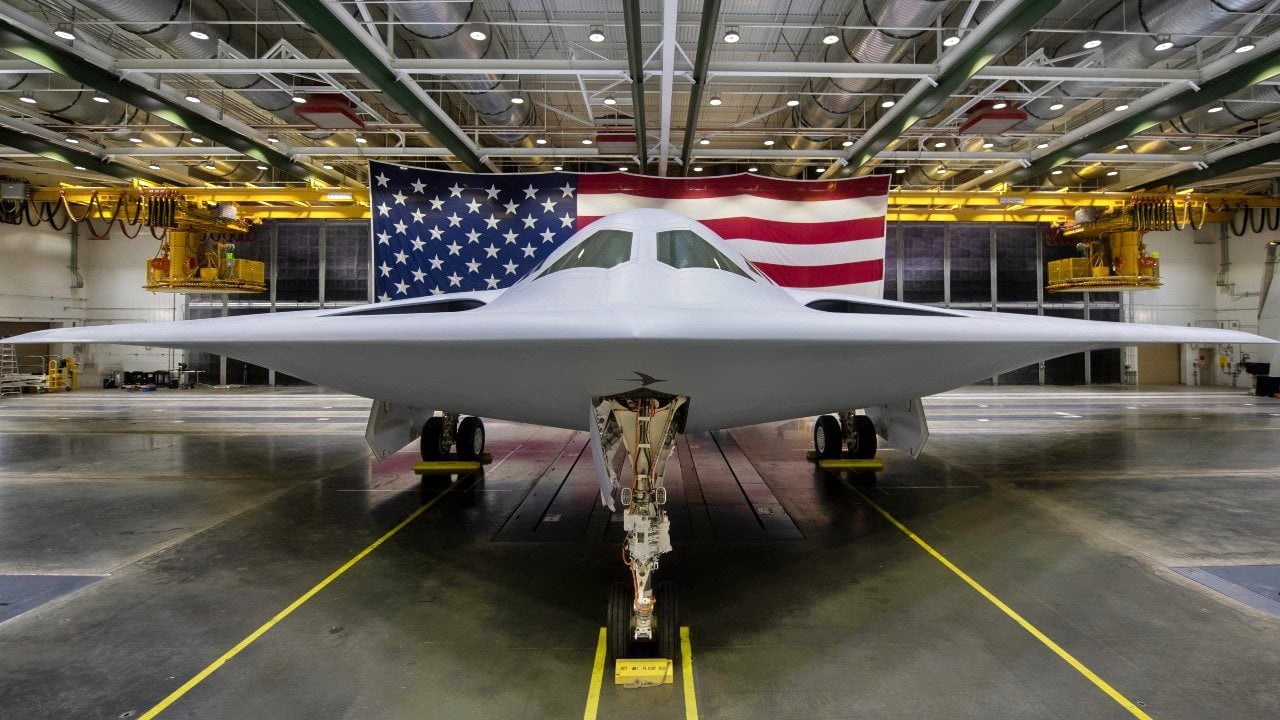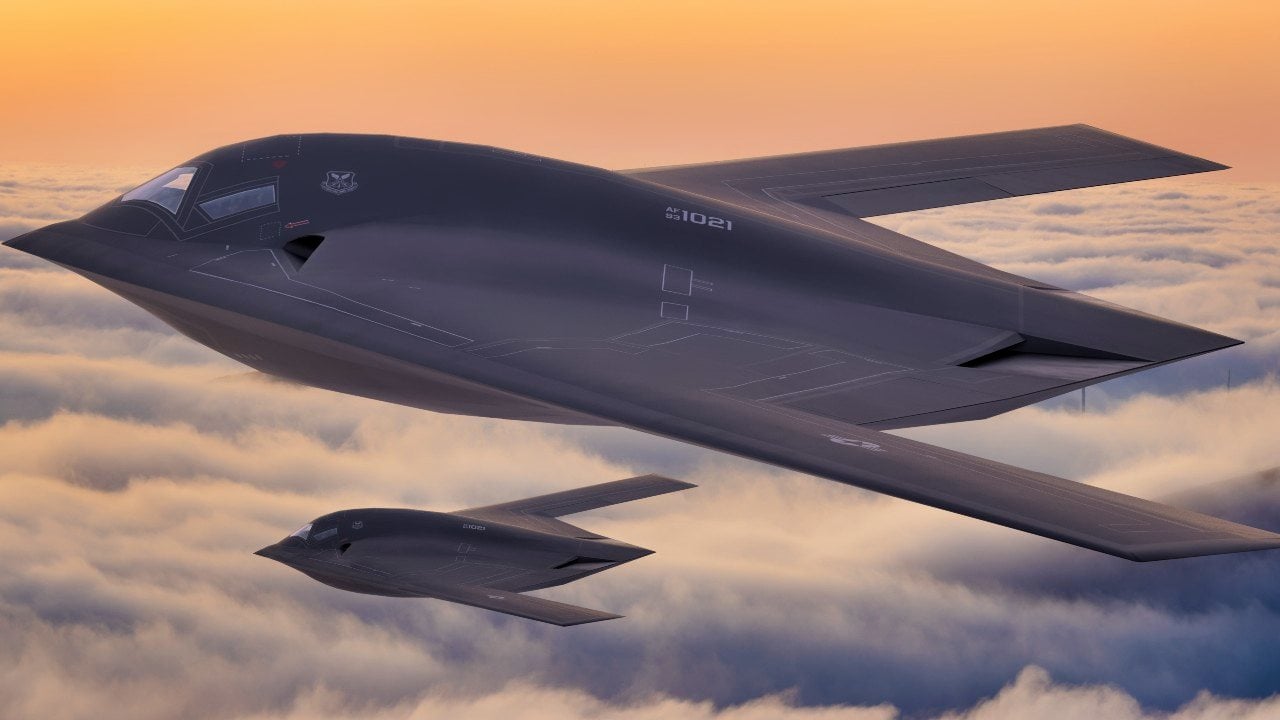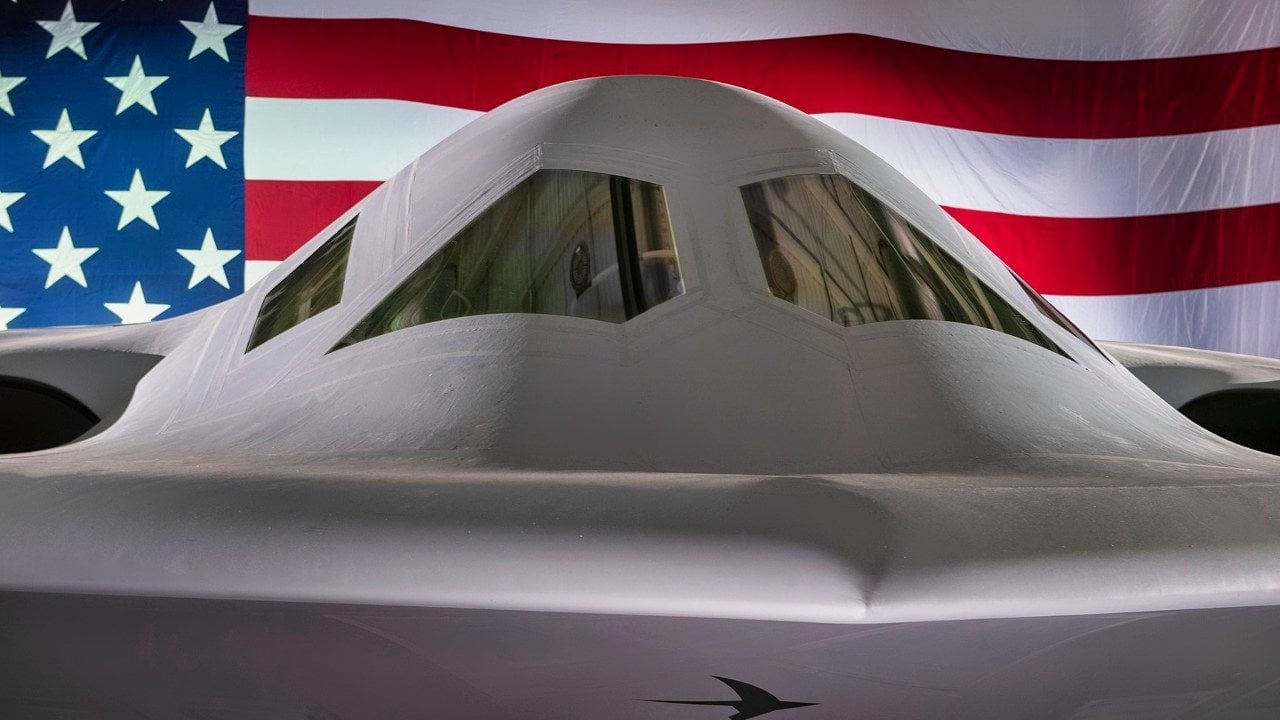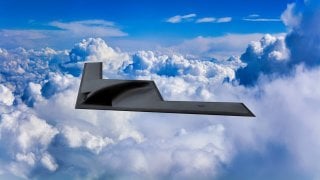B-21 Raider vs. Russia's PAK DA: A Stealth Bomber Bomber Face Off
The U.S. Air Force's B-21 Raider is already flying. Russia's own stealth bomber, the PAK DA, looks like more of a dream than a reality.
B-21 Raider vs. PAK DA: Which Will Be a Better Stealth Bomber? The United States Air Force's Northrop Grumman B-2 Spirit wasn't the first "flying wing" bomber to take flight – that honor actually goes to the Northrop YB-49, a prototype jet-powered heavy bomber developed shortly after the Second World War. Despite the potential, it actually took several decades before the flying wing concept was perfected.
There are now just twenty B-2s in service, and their days are numbered.
The U.S. Air Force is currently working with Northrop Grumman on the development of the next-generation bomber, the B-21 Raider, and by the mid-21st century, America’s bomber fleet could be nothing but flying wings. Once the Cold War B-52 Stratofortress is finally retired along with the B-1B Lancer and the B-2 Spirit, the B-21 Raider will be the only long-range strategic bomber in service with the U.S. Air Force.
Yet, it might not be the only flying wing bomber flying high around the world.
China and Russia are also working on their own respective strategic bombers. Few details are known about either project – not that a whole lot is actually known about the B-21 Raider either.
However, the B-21 is flying, while there has been enough "sizzle reel" videos and other hype released by Beijing that we can believe the Chinese People Liberation Army's Air Force (PLAAF) adoption of the Xian H-20 will come sooner than later.
By contrast, as previously reported by national security expert Harry J. Kazianis, there is much speculation that the Russian Tupolev PAK DA is the latest example of Moscow's vaporware. At best, the Kremlin may be able to produce a prototype, but when/if it takes flight is anyone's guess.
Whether a fleet of bombers is ever built is even more doubtful.

How Does the PAK DA Stack Up?
According to reports, the PAK DA long-range bomber is expected to be capable of subsonic speed and have a range of 12,000 km (7,500 miles), along with the capability to continuously remain in the air for up to 30 hours while carrying both conventional and nuclear payloads. The "Prospective Aviation Complex of Long-Range Aviation" (PAK DA) will utilize a "flying wing scheme" and will also feature technologies and materials that reduce its radar signature.

It will likely be manned with a crew of four, and it is expected that it will be able to carry a massive payload of either conventional or nuclear ordnance. Current speculation is that PAK DA could have a payload in excess of 30 tons – far greater than the expected 15 tons of the B-21 Raider. It could also be armed with hypersonic weapons, and aided by "loyal wingman" drones – possibly (and quite likely) the same versions being developed for the Sukhoi Su-57 fighter jet.
Just as the B-21 Raider is expected to replace the current U.S. Air Force fleet of bombers, the Russian PAK DA could replace the Tu-95MS and Tu-160.
Russian officials have suggested the bomber could be officially introduced by 2028, but other than the trains, nothing really runs on time when Moscow is involved.

By comparison, much like Christmas, we know that the B-21 Raider is coming. It could also be armed with AGM-183A hypersonic missiles, and it could have a range of around 11,000 km (6,835 miles), along with a top speed of 612 mph. The Air Force's ability to refuel the aircraft would enable it to have an endurance equal to the Russian bomber.
Again, the biggest consideration isn't just the capabilities. Simply put, the B-21 Raider will be produced, and in significant numbers – while the same can't be said of the PAK DA.
About the Author
Peter Suciu is a Michigan-based writer. He has contributed to more than four dozen magazines, newspapers, and websites with over 3,000 published pieces over a twenty-year career in journalism. He regularly writes about military hardware, firearms history, cybersecurity, and international affairs. Peter is also a Contributing Writer for Forbes. You can follow him on Twitter: @PeterSuciu.
All images are Creative Commons.


